Grand empires that eventually fell
Throughout history, empires have risen and fallen, leaving behind legacies that have shaped the world. These grand entities, often expansive and powerful, have been built through conquest, innovation, and leadership. But what goes up must come down, and empires are no exception. Their declines are as fascinating as their ascents, offering insights into the complexities of power, culture, and human ambition. Let’s journey through time to explore some of the most notable empires and their eventual downfalls.
The Roman Empire: From Republic to Ruin
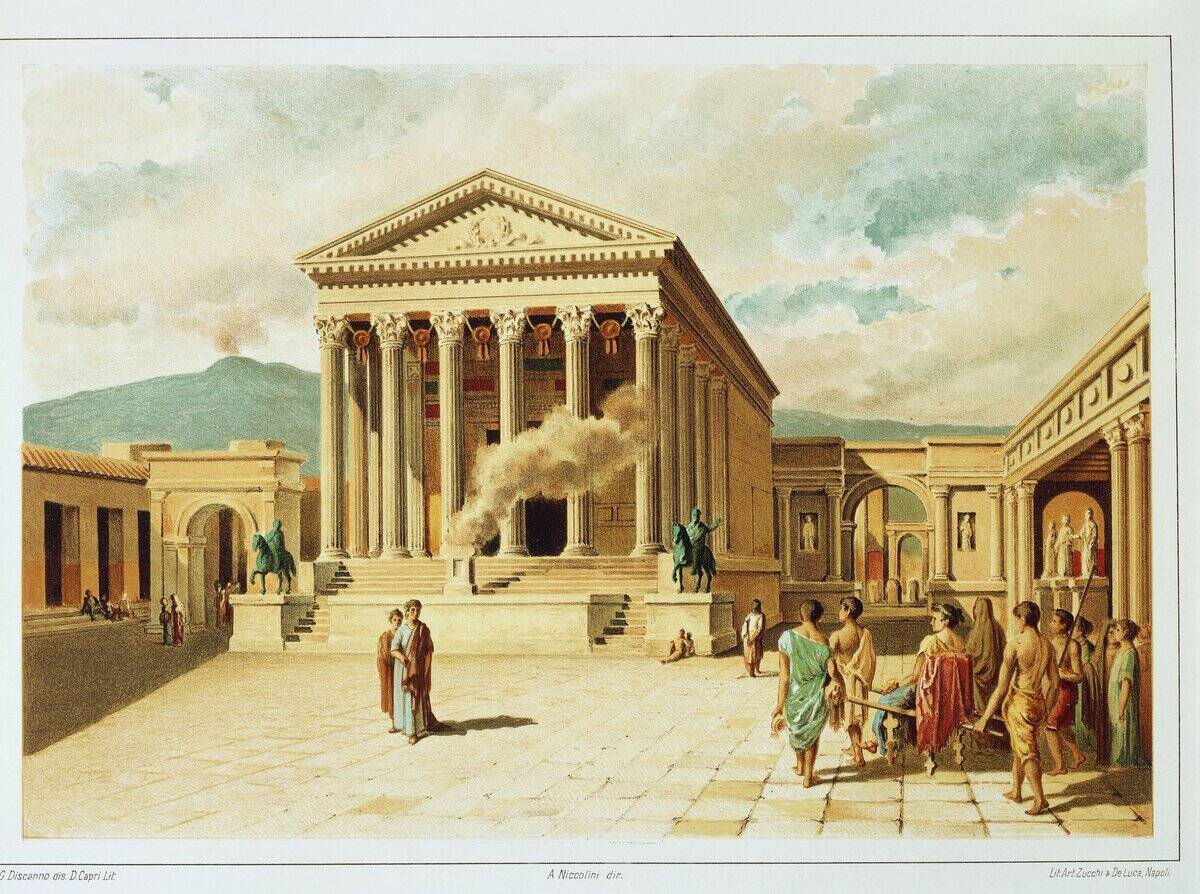
The Roman Empire, known for its mighty legions and vast territories, started as a republic before transforming into an imperial powerhouse. At its peak, it stretched from Britain to North Africa and the Middle East. However, internal strife, economic troubles, and invasions by barbarian tribes led to its decline. The split between the Western and Eastern Roman Empires further weakened its structure, ultimately resulting in the fall of Rome in 476 AD.
The Ottoman Empire: An Eastern Giant’s Decline
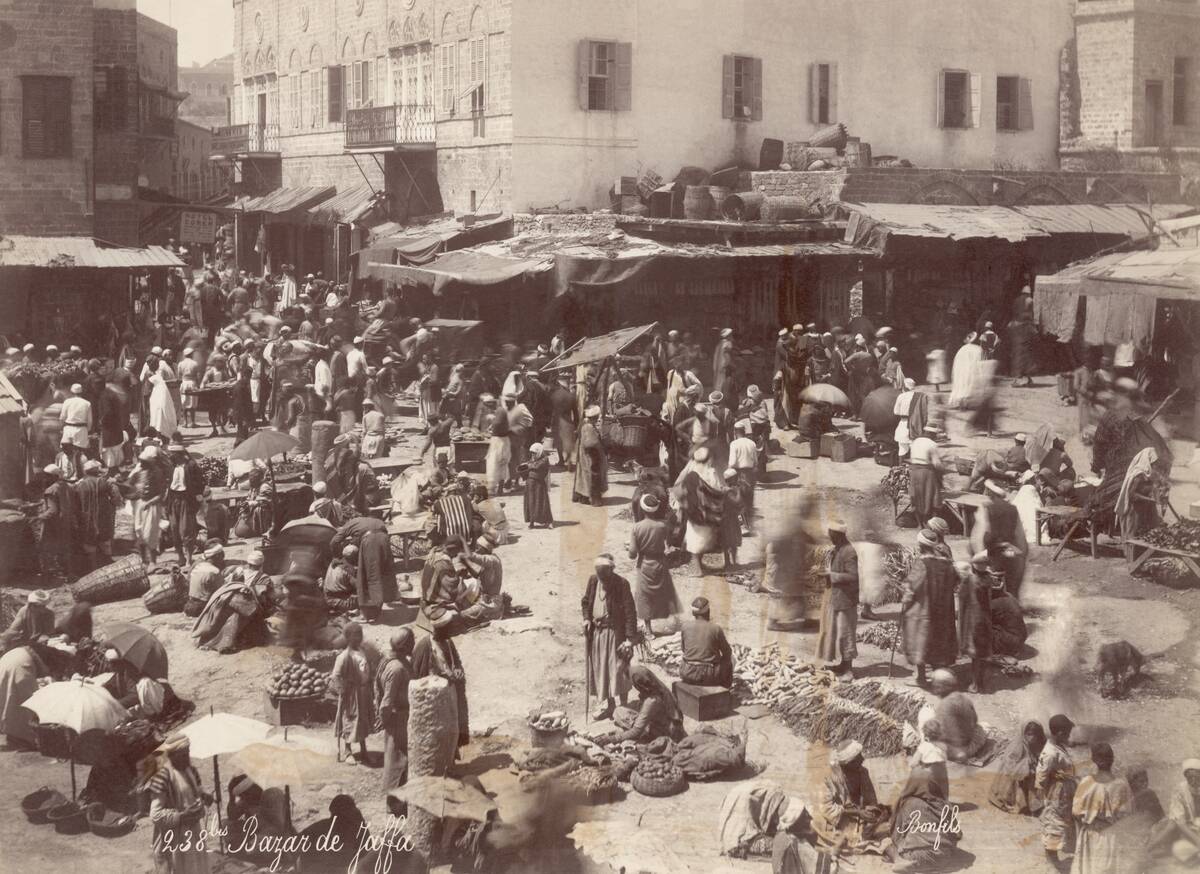
The Ottoman Empire was a formidable force in the Eastern world, controlling much of Southeast Europe, Western Asia, and North Africa. At its height in the 16th and 17th centuries, it was a center of art, science, and culture. However, over time, military defeats, administrative inefficiencies, and nationalist uprisings eroded its power. The empire’s involvement in World War I and subsequent defeat led to its dissolution in 1922, making way for the modern nation of Turkey.
The British Empire: The Sun Sets on Global Dominance
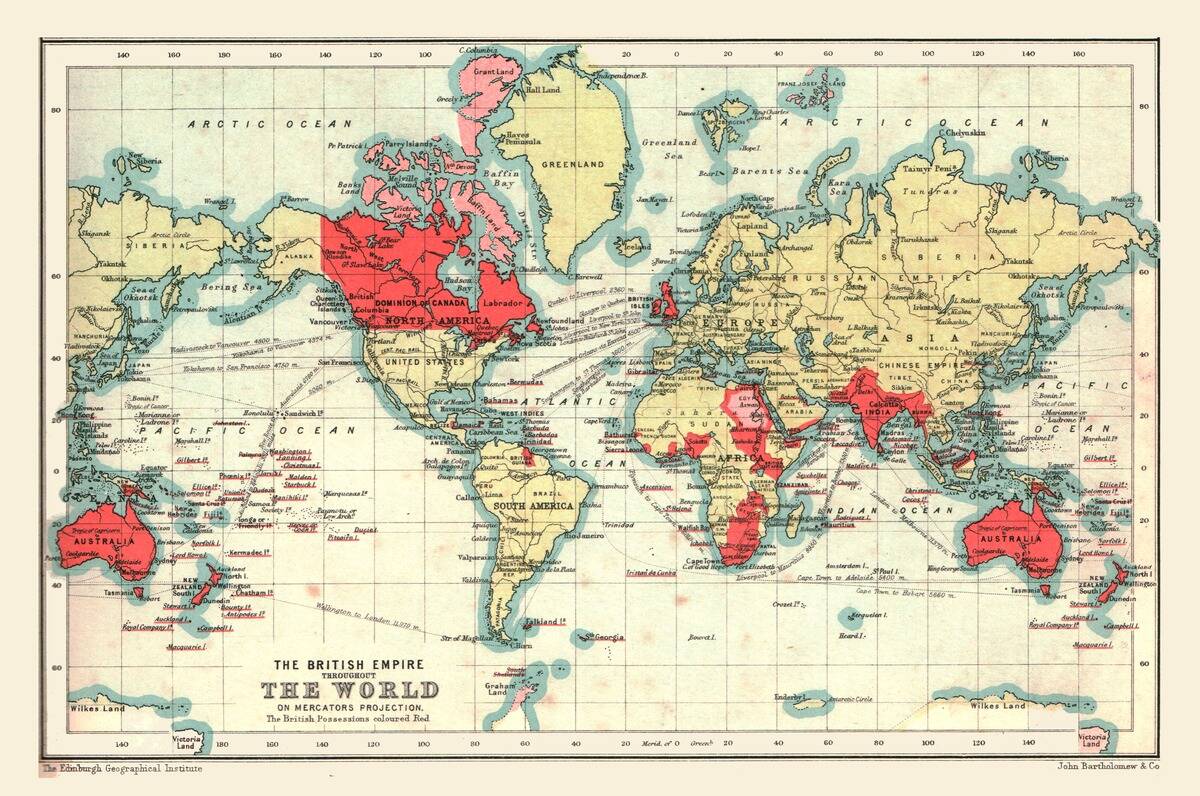
The British Empire was once the largest in history, with colonies across every continent. It was famously said that “the sun never sets on the British Empire” due to its vast reach. However, the 20th century saw the empire’s decline with the rise of independence movements and economic challenges. The two World Wars and the Suez Crisis further diminished its influence, leading to a decolonization process that transformed the global political landscape.
The Mongol Empire: The Collapse of the World’s Largest Land Empire
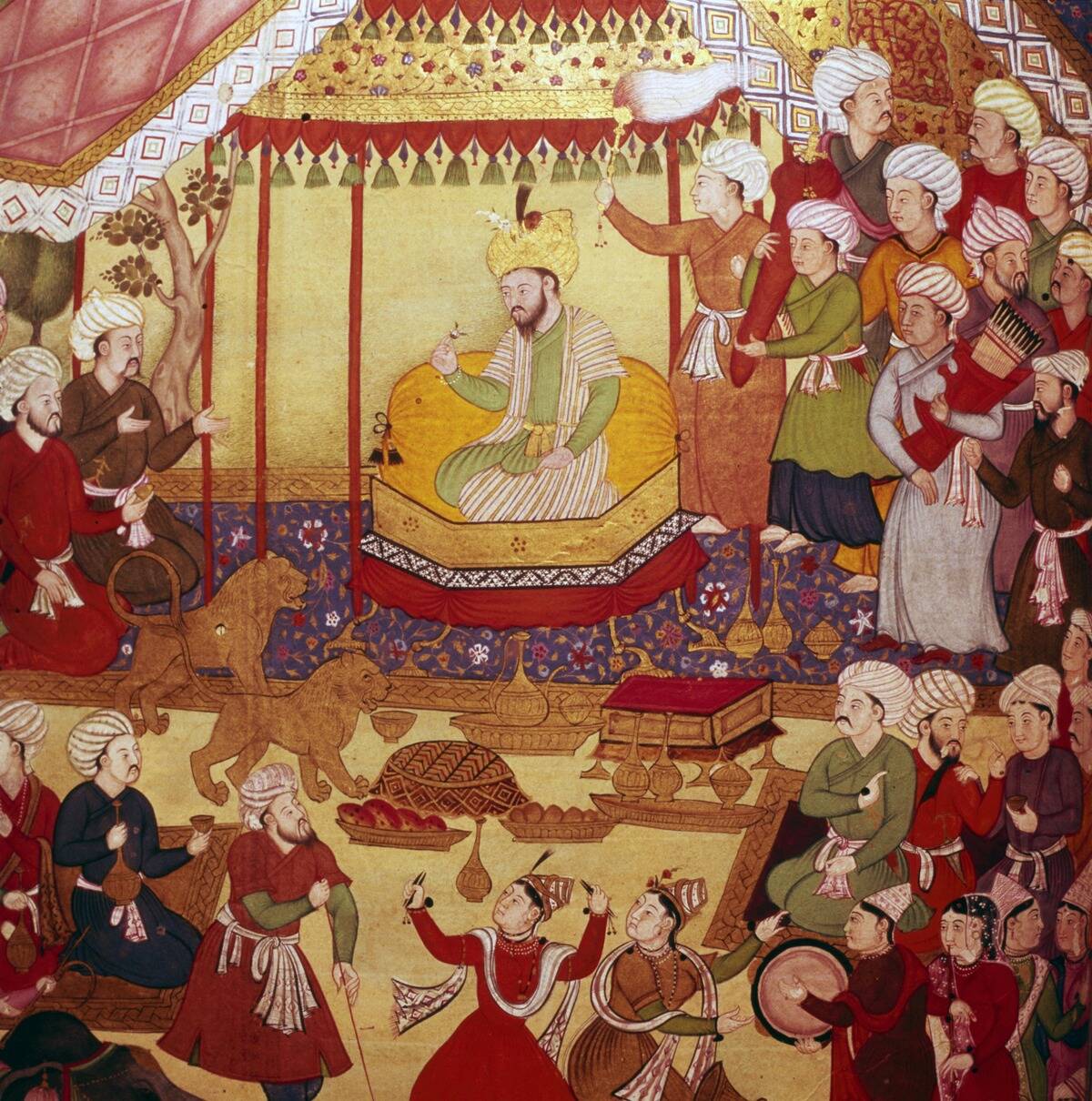
Under the leadership of Genghis Khan, the Mongol Empire became the largest contiguous land empire in history. It stretched from Eastern Europe to Asia, known for its innovative military strategies and cultural exchanges. However, after Genghis Khan’s death, internal divisions and succession struggles weakened the empire. The vast territories became difficult to manage, leading to its fragmentation into smaller khanates by the late 14th century.
The Persian Empire: From Cyrus the Great to Alexander’s Conquest
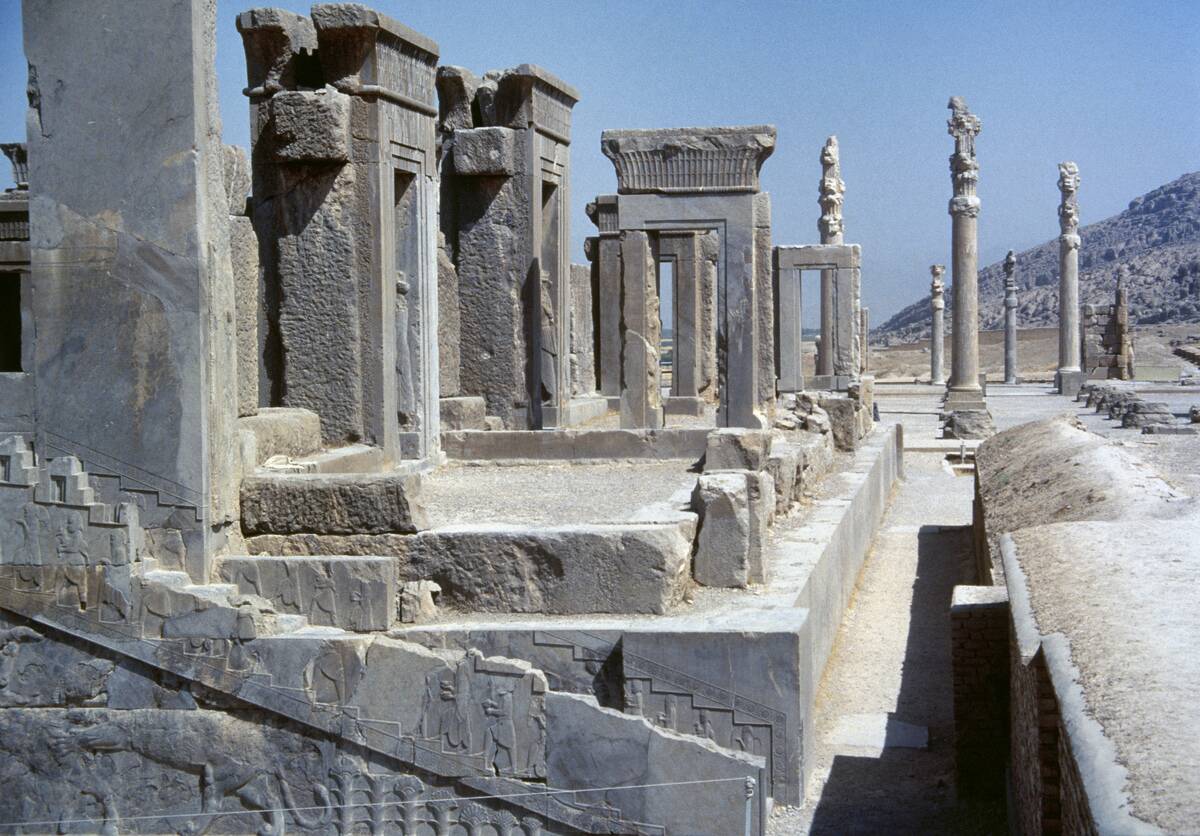
The Persian Empire, founded by Cyrus the Great, was a beacon of cultural and administrative innovation. It spanned three continents, known for its road systems and postal service. However, the empire met its match with Alexander the Great, whose military prowess led to its conquest. In 330 BC, the Achaemenid dynasty fell, marking the end of one of history’s most influential empires. Yet, its legacy continued through Persian culture and traditions.
The Byzantine Empire: The Last Roar of Rome
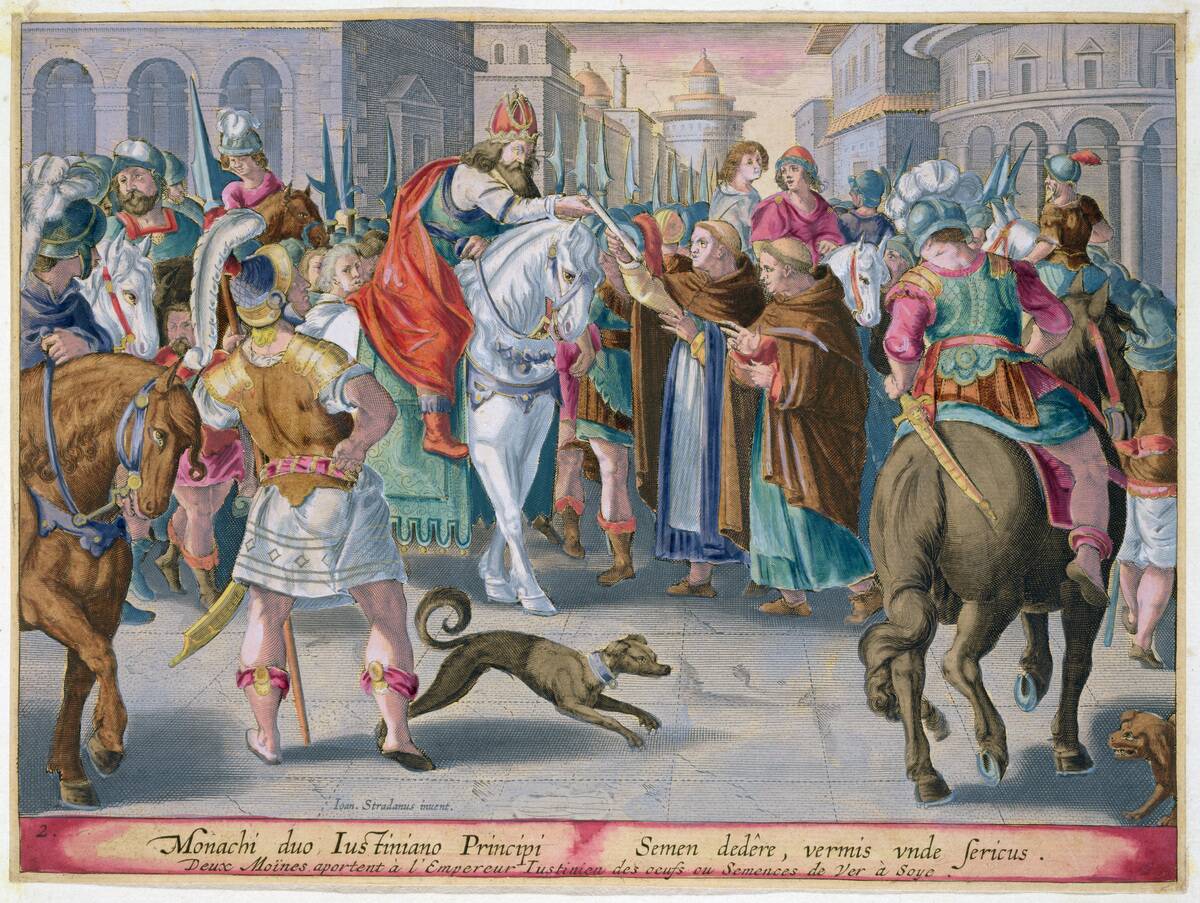
The Byzantine Empire, also known as the Eastern Roman Empire, continued the legacy of Rome in the East. Its capital, Constantinople, stood as a bastion of Christian culture and defense against invasions. However, religious disputes, economic issues, and pressures from invading forces like the Ottomans led to its downfall. In 1453, Constantinople fell to the Ottomans, marking the end of the empire and a significant shift in European and Asian power dynamics.
The Spanish Empire: The Golden Age to Economic Downfall
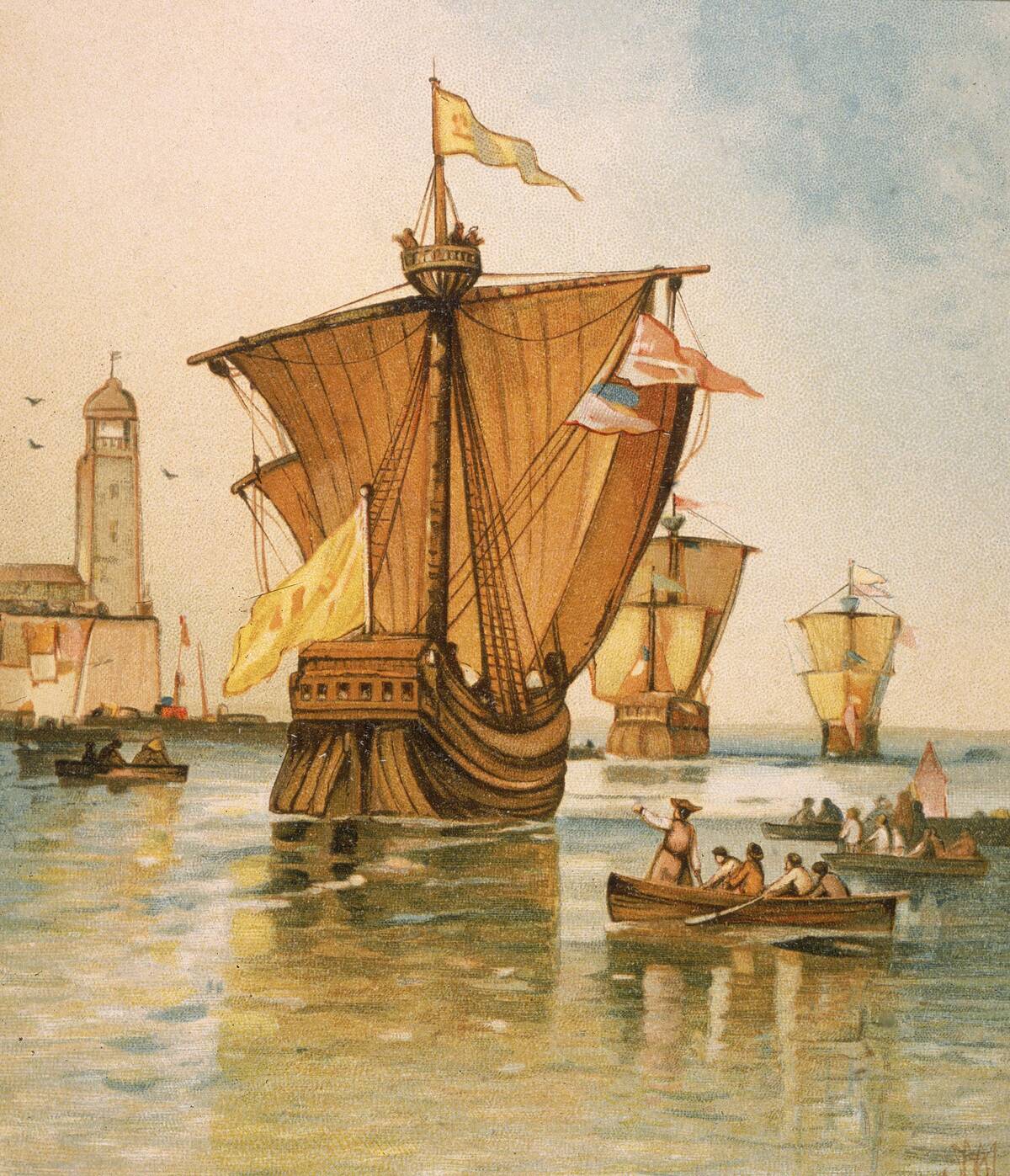
The Spanish Empire, once a global powerhouse, was renowned for its exploration and colonization of the Americas. The influx of wealth from the New World fueled a Golden Age of culture and influence. Yet, military overextension, costly wars, and economic mismanagement led to its decline. By the 19th century, independence movements in Latin America and financial crises diminished Spain’s global standing, leaving a complex colonial legacy.
The Aztec Empire: The Fall to Conquistadors
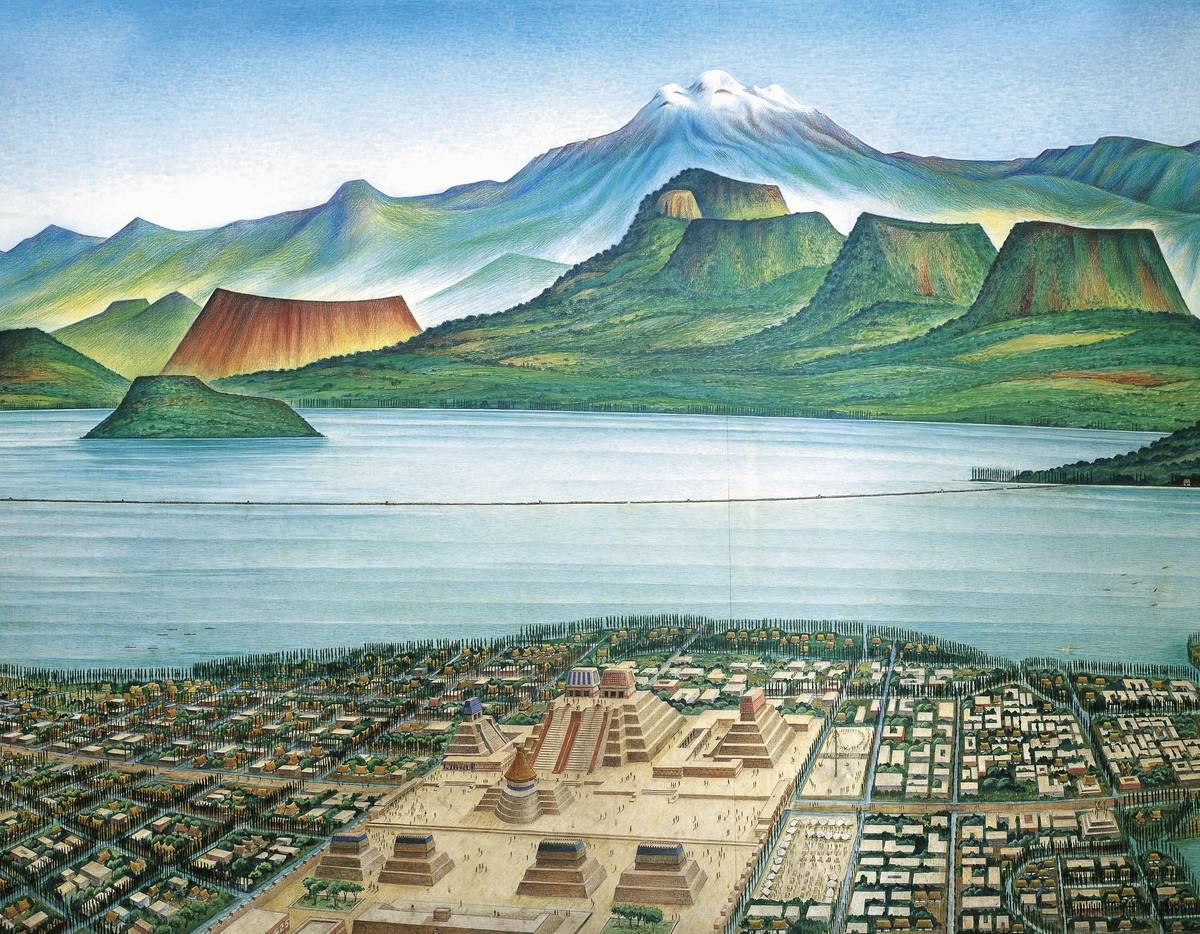
The Aztec Empire, centered in present-day Mexico, was known for its advanced cities and vibrant culture. Tenochtitlán, its capital, was a marvel of engineering. However, the arrival of Spanish conquistadors led by Hernán Cortés marked the beginning of its end. Superior weaponry, alliances with rival tribes, and diseases like smallpox devastated the Aztecs. By 1521, Tenochtitlán fell, signaling the collapse of the Aztec civilization and the onset of Spanish colonial rule.
The Inca Empire: The End of a Mountain Kingdom
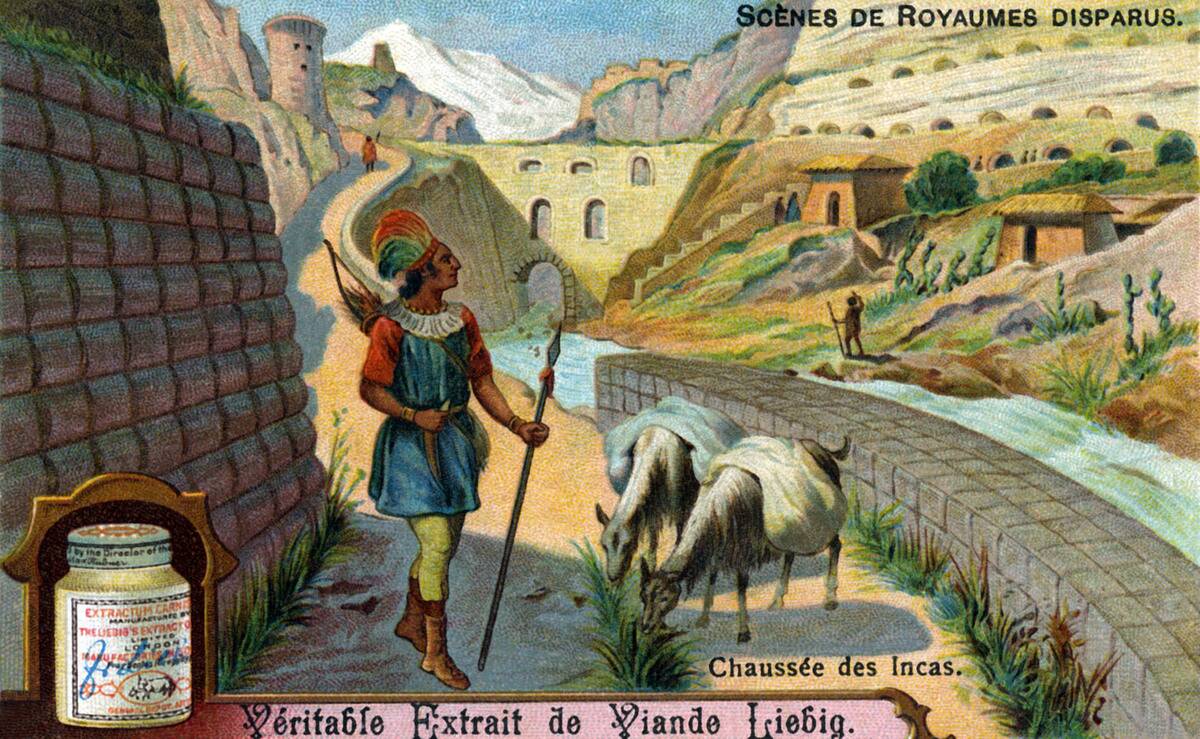
The Inca Empire, stretching along the Andes Mountains, was a marvel of organization and engineering. Known for its road systems and agricultural terraces, it thrived under a centralized government. However, Francisco Pizarro and his Spanish forces exploited internal conflicts and used advanced weaponry to conquer the Incas. The capture and execution of the Inca leader, Atahualpa, in 1533, marked the end of the empire and the beginning of Spanish dominance in South America.
The Mughal Empire: From Splendor to Fragmentation
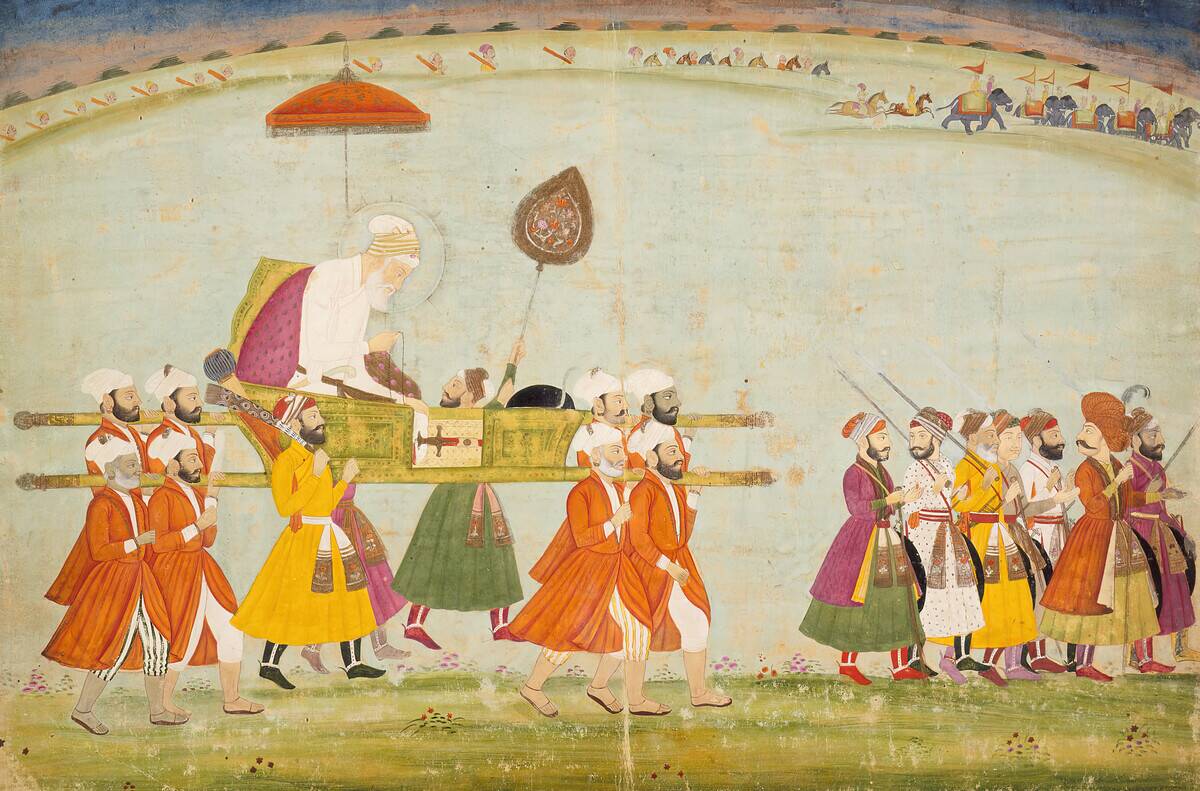
The Mughal Empire in India was renowned for its cultural achievements and architectural wonders like the Taj Mahal. It reached its zenith under Emperor Akbar, who promoted tolerance and economic prosperity. However, subsequent rulers faced internal rebellions, fiscal challenges, and external pressures from emerging powers like the British East India Company. By the 18th century, the empire fragmented into smaller states, eventually succumbing to colonial rule.
The Soviet Union: The Crumbling of a Superpower
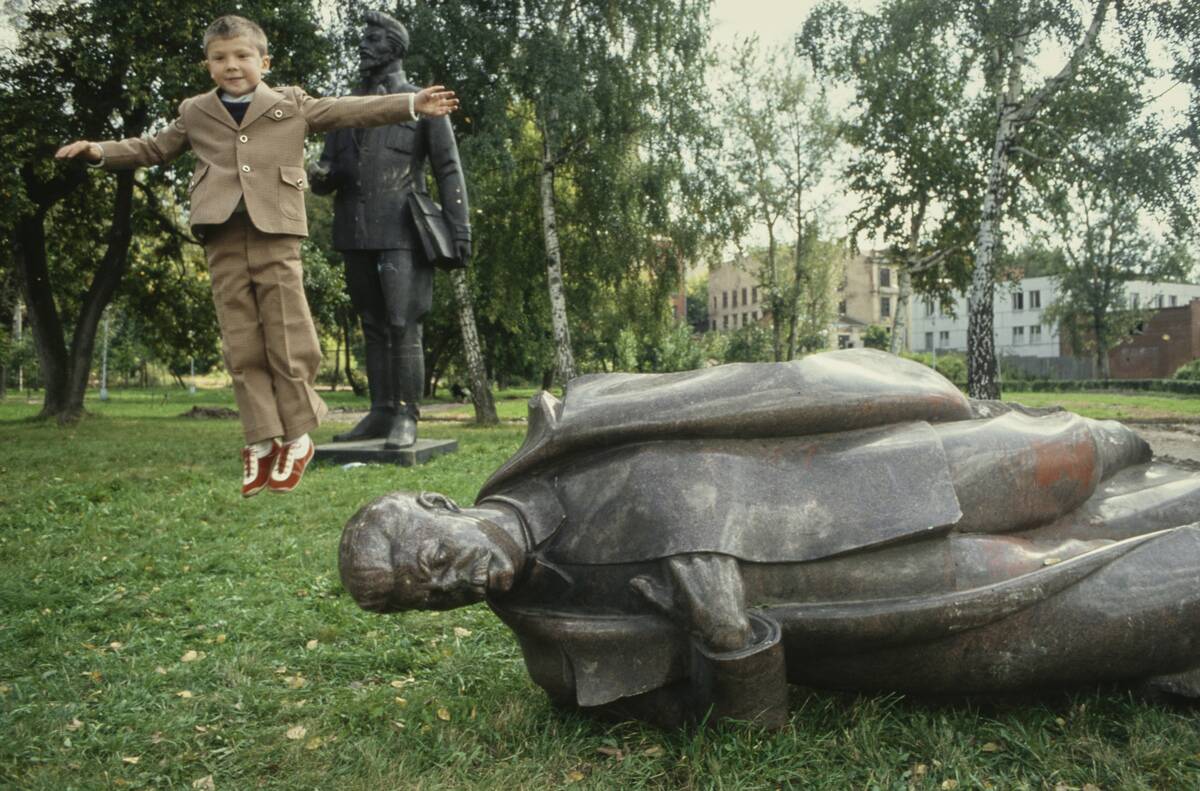
The Soviet Union was a superpower that emerged from the aftermath of World War I, promoting a socialist ideology. It was a rival to the United States during the Cold War, marked by its space race achievements and military might. However, economic stagnation, political corruption, and a push for greater freedoms led to its dissolution in 1991. The fall of the Berlin Wall and the independence of Soviet republics marked the end of this influential state.
The Ancient Egyptian Empire: The Legacy of the Pharaohs
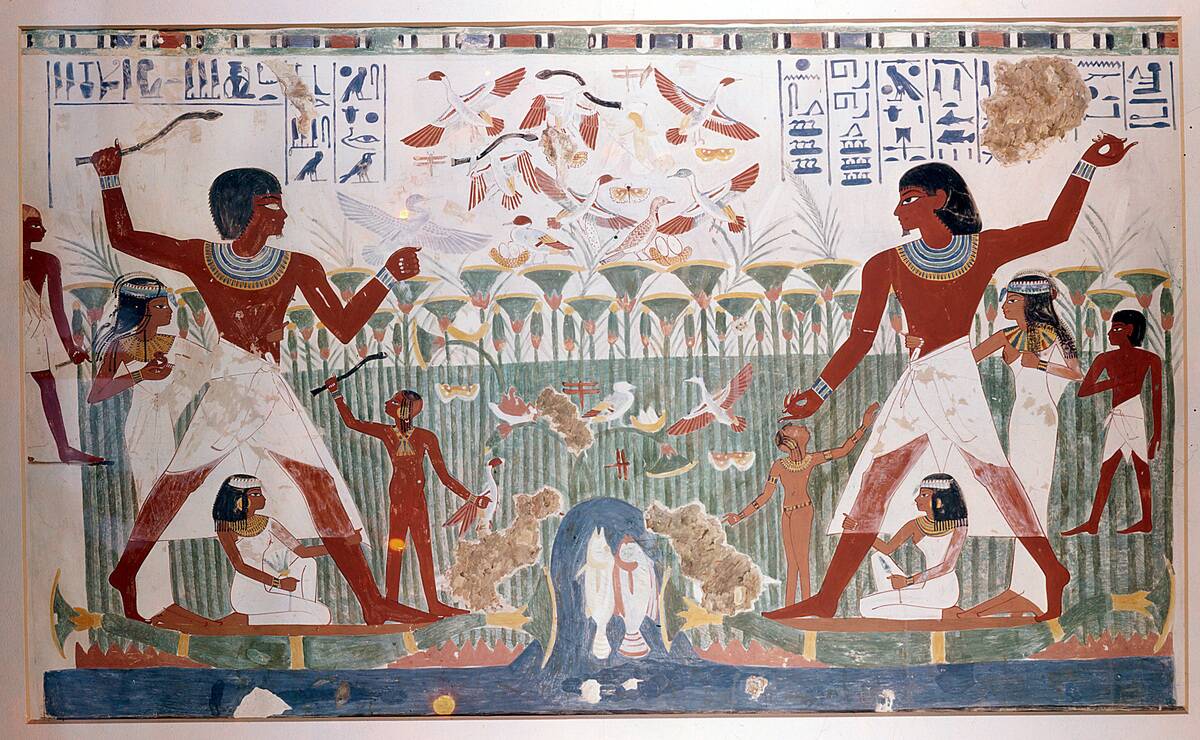
Ancient Egypt, known for its pharaohs and pyramids, was one of the world’s earliest and most enduring civilizations. The empire flourished along the Nile River, known for its advances in writing, architecture, and governance. However, invasions by foreign powers like the Assyrians and Persians, along with internal strife, led to its decline. Despite its fall, the legacy of Ancient Egypt endures through its monumental architecture and cultural contributions to humanity.
The Holy Roman Empire: A Thousand-Year Reign Ends
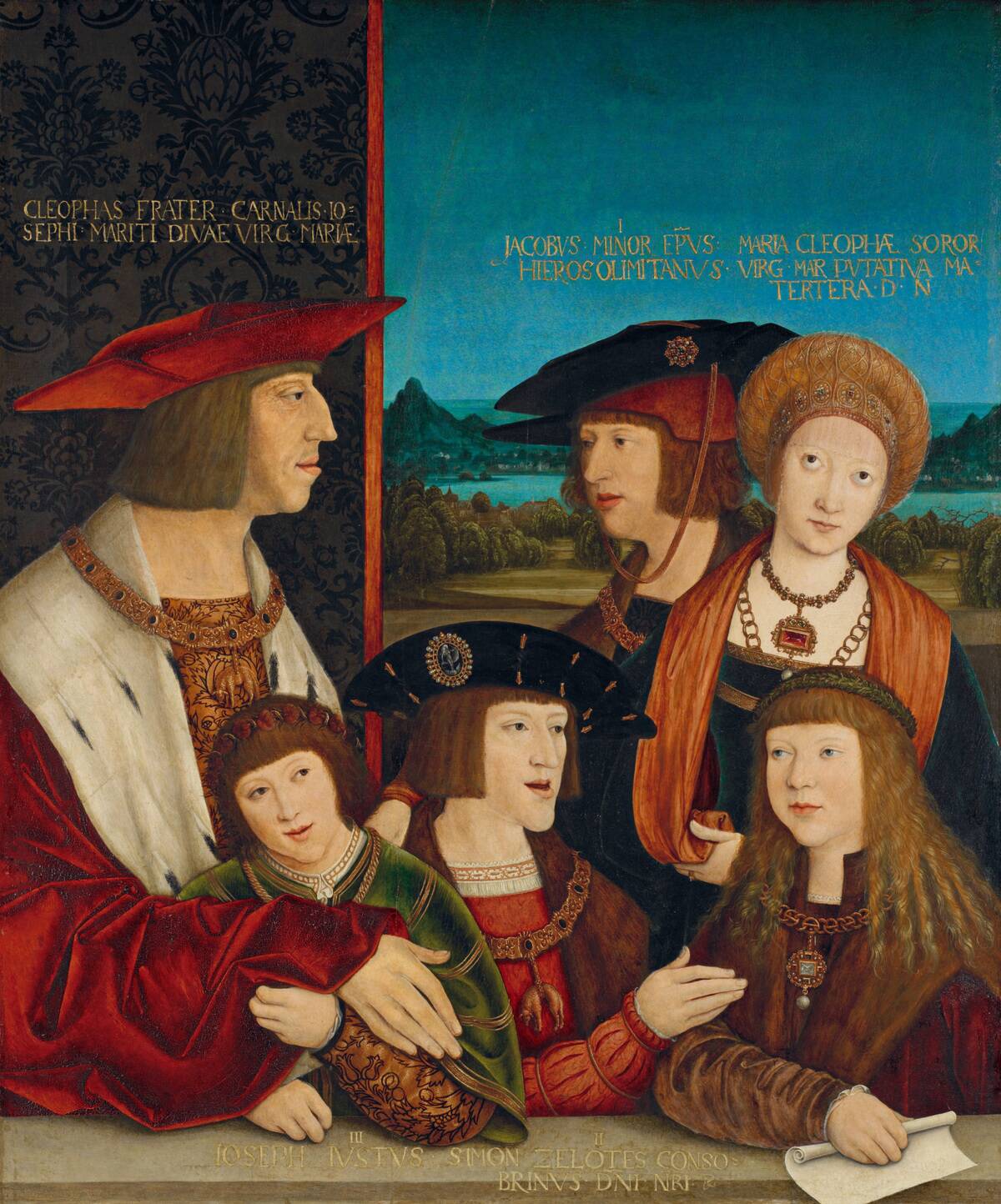
The Holy Roman Empire was a complex entity in Central Europe, known for its political structure and religious influence. It existed for over a thousand years, from the coronation of Charlemagne in 800 AD to its dissolution in 1806. However, internal divisions, the rise of nation-states, and the impact of the Napoleonic Wars weakened its cohesion. The abdication of Emperor Francis II marked the end of the Holy Roman Empire, paving the way for modern European states.
Lessons from History: Why Empires Fall
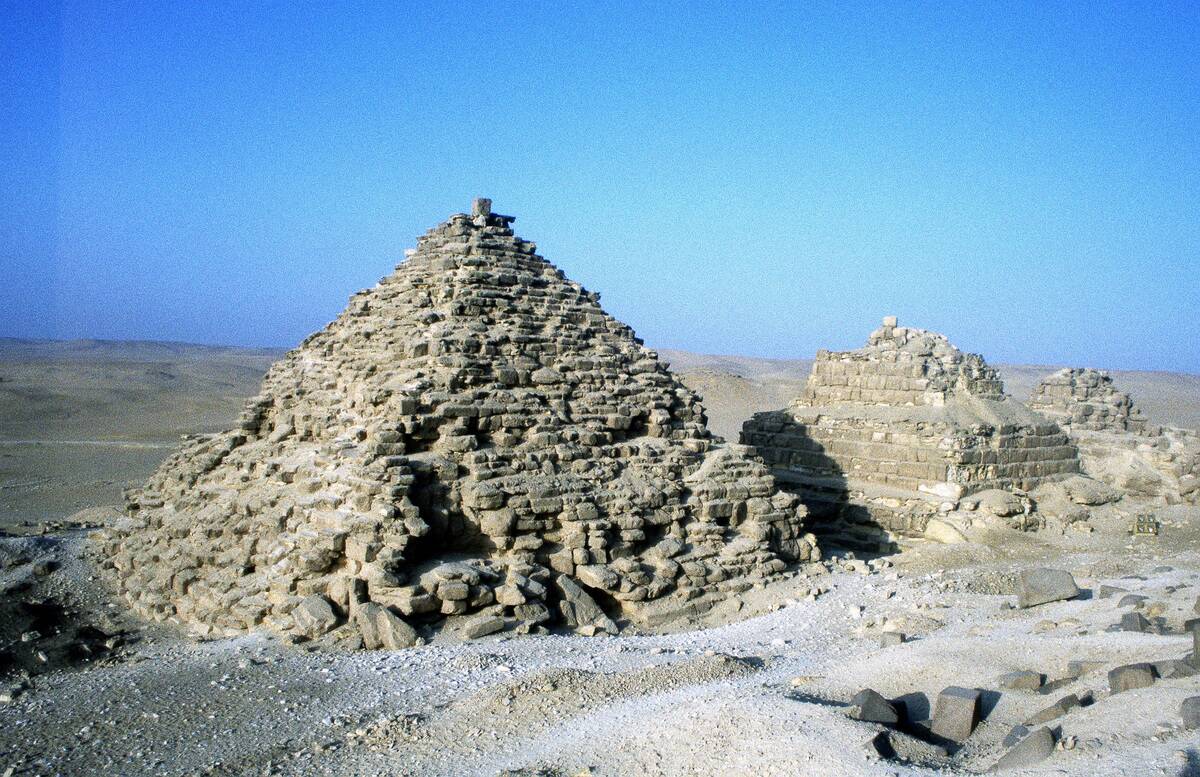
Empires fall for a variety of reasons, including economic troubles, military defeats, and internal strife. Overexpansion often leads to difficulties in governance and defense, making empires vulnerable. Additionally, social and technological changes can outpace the ability of an empire to adapt, leading to its decline. Studying these patterns helps us understand the cyclical nature of power and the importance of sustainable governance and innovation in maintaining stability.
The Legacy of Fallen Empires on Modern Culture
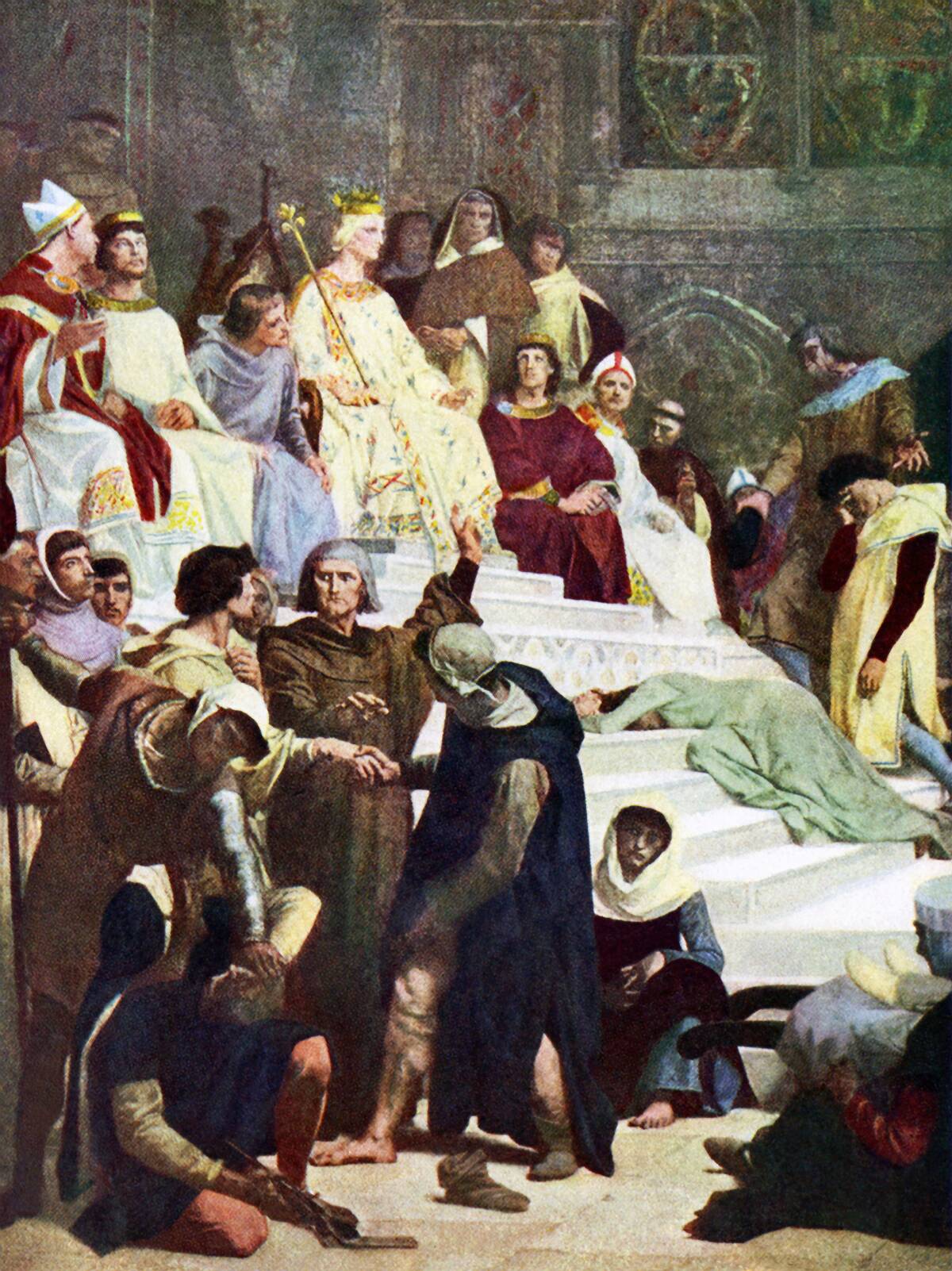
The legacies of fallen empires continue to influence modern culture in profound ways. From legal systems and language to architecture and art, the remnants of these grand civilizations shape our world. The Roman legal system, the architectural styles of the Mughals, and the cultural exchanges of the Mongols all contribute to a rich tapestry of global heritage. By understanding these legacies, we can appreciate the enduring impact of history on our present and future.




